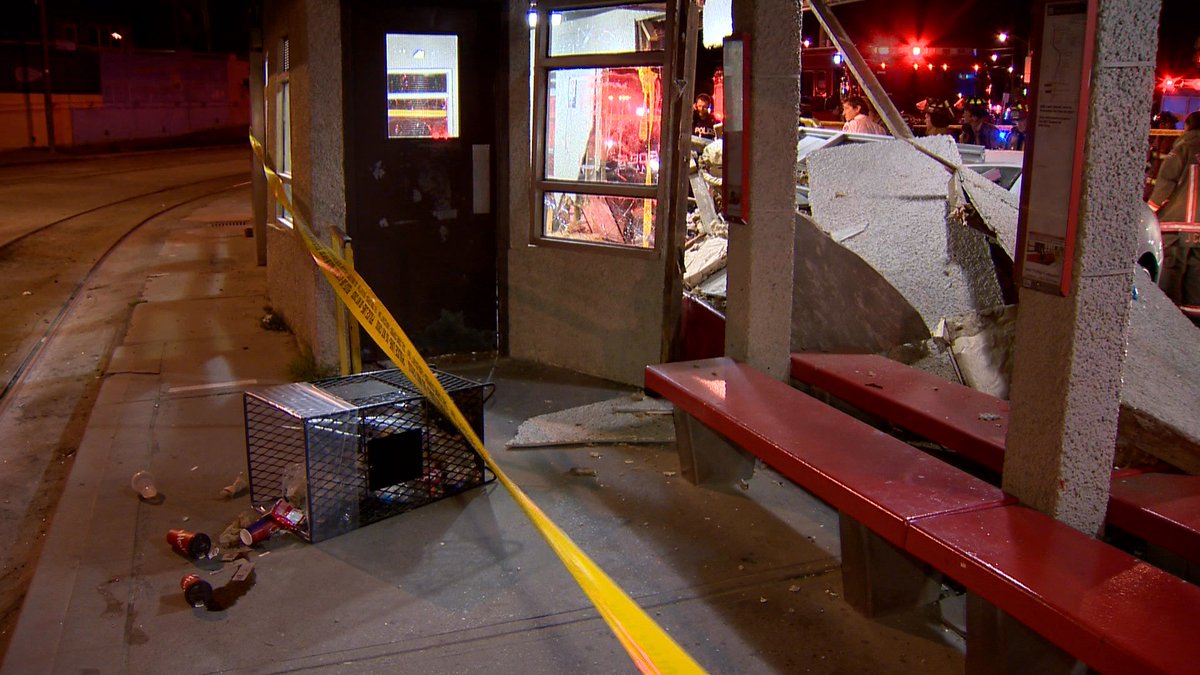 An initial scene assessment is completed upon the arrival of the scenes of crime officers, usually only one scenes of crime officer would complete this assessment but others can help depending on the situation. The main aim of the initial scene assessment is to gather as much information about the scene as physically possible that can be seen from doing a brief visual analysis, this is then wrote down by a member of the SOCO team so that if anyone else arrives at the scene at a later date, such as other scenes of crime officers or the police, then they can get an overview of the scene and what types of evidence can be found inside which is a lot quicker than having to ask a scenes of crime officer as this not only will take longer but it will also stop them from doing their job which will add time to the whole collection of evidence process. The assessment will include information such as the location of the the scene, surrounding areas, the amount of evidence in the scene and where it is located, information about the property such as number of entrances and windows. The plan of the premises will be drawn shortly after using the information put in the initial scene assessment as a guideline.
An initial scene assessment is completed upon the arrival of the scenes of crime officers, usually only one scenes of crime officer would complete this assessment but others can help depending on the situation. The main aim of the initial scene assessment is to gather as much information about the scene as physically possible that can be seen from doing a brief visual analysis, this is then wrote down by a member of the SOCO team so that if anyone else arrives at the scene at a later date, such as other scenes of crime officers or the police, then they can get an overview of the scene and what types of evidence can be found inside which is a lot quicker than having to ask a scenes of crime officer as this not only will take longer but it will also stop them from doing their job which will add time to the whole collection of evidence process. The assessment will include information such as the location of the the scene, surrounding areas, the amount of evidence in the scene and where it is located, information about the property such as number of entrances and windows. The plan of the premises will be drawn shortly after using the information put in the initial scene assessment as a guideline.OJ Simpson
In the OJ Simpson case where OJ allegedly killed Nicole Simpson and Ronald Goldman there were multiple initial scene assessments filled out which actually hindered the case as a whole. Instead of the scenes of crime officers filling out the initial scene assessment (due to them arriving at the scene of the crime over two hours later than they should have) it was left to the lead detectives inside the case to fill it out, the main problem being as multiple initial scene assessments were carried out there was no communication between the detectives which resulted in the information becoming confusing and some pieces getting lost as most contradicted each other. As a whole the initial scene assessment was at least carried out but it was done in a very rushed way, this was mainly due to the fact that the first attending officer Robert Riske was more focused on trying to clear out the scene of the media rather than carrying out these vital steps in the investigation. This eventually came back to bite them as the defence team for OJ argued that as the collection of evidence protocols were not carried out correctly then the evidence found at the scene can not be seen as reliable so most was not used in court as evidence.
No comments:
Post a Comment